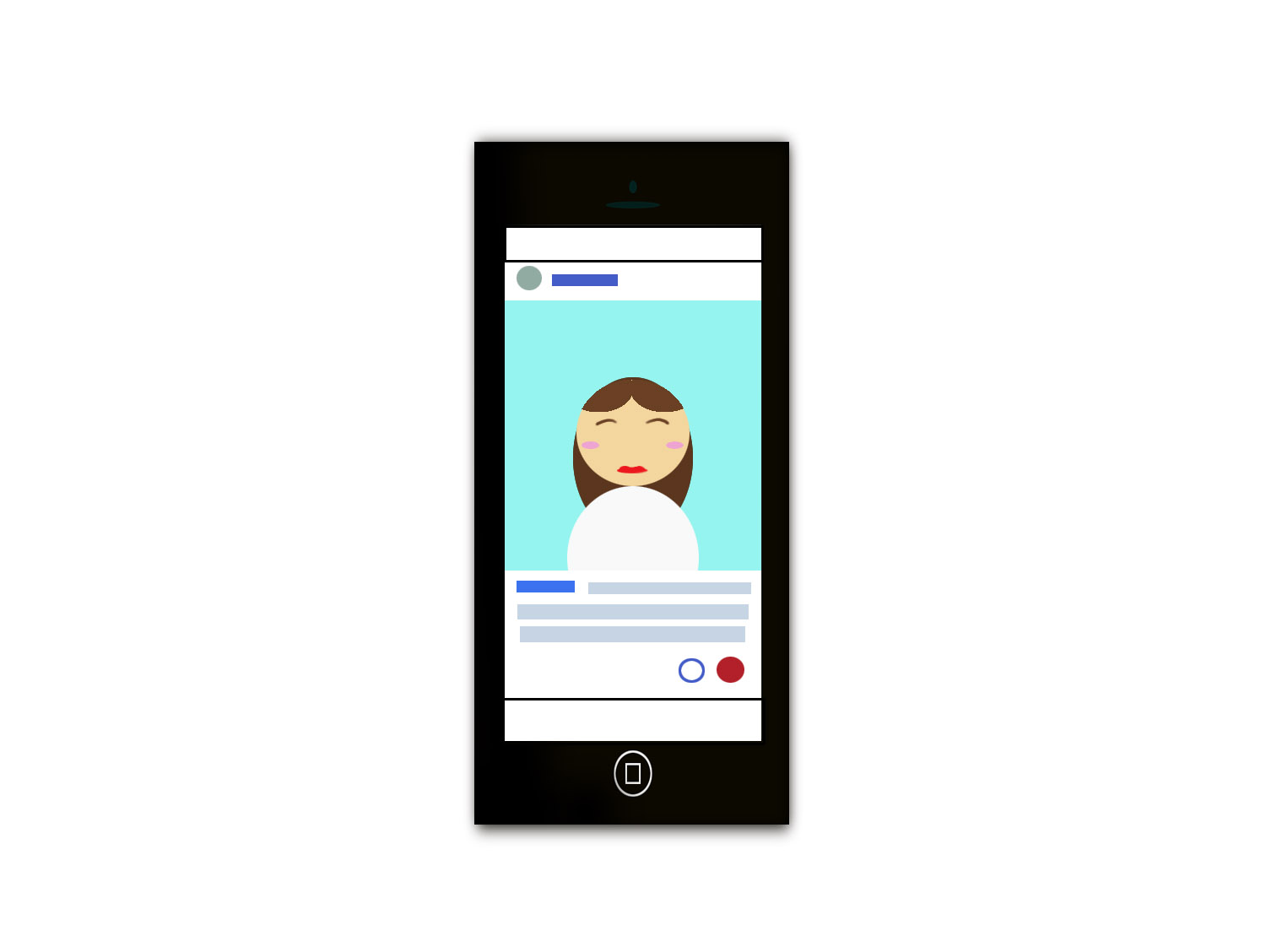Students Cut Social Media from Their Lives

Categories :
Focus
 For most teens, social media is an assumed part of daily life. However, freshman Cate O’Day, sophomore Josh Zeitlin and junior Jamie Kim restrict their usage, for they feel that social media has too many negative impacts.
For most teens, social media is an assumed part of daily life. However, freshman Cate O’Day, sophomore Josh Zeitlin and junior Jamie Kim restrict their usage, for they feel that social media has too many negative impacts.For example, O’Day restrains from using popular social media outlets such as Instagram, Snapchat and Twitter.
“[Social media] is very distracting and it can take away from getting good grades. Also, it is just another [platform for bullying],” O’Day said. “It is just one more form of pressure in our society to look a certain way or act a certain way.”
O’Day believes that safety is also an issue. She highlights the fact that posts on the Internet are permanent, and teens might post recklessly, potentially jeopardizing their futures.
According to a recent study by CNN, the average Facebook user is on the website for over six hours every week. Many people, including Zeitlin, view extensive social media usage as a waste of valuable time. Zeitlin emphasizes that the long hours spent on social media detract from socializing with one another in person.
“The reason I think [social media apps] are negative is not [because of] the specific app [itself] but the amount of time it takes out of your life,” Zeitlin said.
Zeitlin does believe that social media has some positive effects such as allowing easy communication with others and serving as an outlet to showcase art, but he feels that these positive aspects are overshadowed by the negative ones.
Kim has never used any social media applications or websites other than Snapchat, which she views as less distracting than others.
“I think [Snapchat] could have less of a negative effect because Snapchat is more of a communication [system] than Instagram and Facebook,” Kim said. “I would say Instagram and Facebook are more of exploring outlets [than Snapchat is]. Maybe that is why people have more of an urge to use it.”
Kim also said that social media can negatively impact self-esteem and thoughts about body image, causing people to feel insecure about changing their appearance.
“On Instagram, I would think people tend to choose the best photo of themselves,” Kim said. “This picture does not always reflect who they [really] are but the outsiders looking at the pictures might think that [it displays the person’s true self].”
Many studies have also shown that celebrities, models and advertisements promoted through social media damage teens’ self-esteem. A potential result of exposure to these unrealistic expectations is developing an eating disorder. According to the National Association of Anorexia Nervosa and Associated Disorders, 69 percent of fifth to 12th graders reported that pictures of models in the media influenced their idea of the perfect body shape. In another study, seven out of 10 women were more upset and angry after viewing these types of photos.
Other studies have found that unrealistic body types on social media cause students to aim for an unhealthy body weight. Models weigh about 23 percent less than the average person, and when teens attempt to match these body types, they may feel anxious and helpless, as social media inundates teens with normalized pictures of unrealistic bodies.
Social media can help people connect with family and friends. However, taking a step back can have positive effects such as more free time to spend with family, more social interactions amongst peers and removing a source of unhealthy body images from their lives.
“Social media is great,” Kim said. “But we should be careful not to overuse it.”

